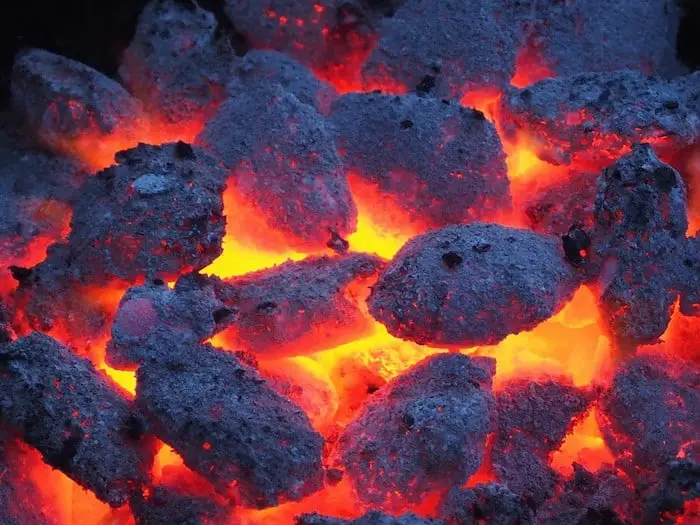
The grilling industry is largely based on the concept that producing smoke is the key to adding that traditional flavor to grilled food. As such, gas grills were traditionally designed with a barrier made of lava locks, so that if drippings fell onto the hot barrier, they would produce smoke. The smoke would then in turn be used to flavor the food.
So why don’t gas grills use lava rocks anymore? For starters, although lava rocks were effective in vaporizing the drippings and producing smoke, this soon became problematic. Since the barrier was not frequently washed or replaced, the accumulated drippings would form a buildup of fats and sauce. This in turn caused flare-ups and problems with food hygiene. These problems prompted the replacement of lava rocks with the newer technology of using ceramic briquettes. Keep reading to find out more about the problem of using lava rocks that caused their eventual phase-out.
This article will look into why gas grills no longer use lava rocks, the benefits of using lava rocks on gas grills, and how to clean lava rocks. We will also highlight what replaced lava rocks in gas grills, how to add ceramic briquettes to gas grills, and how to clean them.
Why Gas Grills No Longer Use Lava Rocks
Before we look at the problems of using lava rocks in gas grills, we need to understand what lava rocks are and why they were used in the first place.
Lava rocks are stones that result from magma flows and volcanic eruptions. These stones are porous, therefore enhancing their heat retention capacity. This porous nature comes in handy for gas grills that have problems with retaining heat. Moreover, since lava rocks are made of basalt hard rock, they tend to last longer.
Previously, lava rocks used to come standard in the gas grill package. They were and still are available to purchase in any grilling store. However, the golden era of lava rocks in gas grills as standard has since passed due to several problems associated with their use. These problems include:
- Food Hygiene
As mentioned before, lava rocks were used to establish a barrier on gas grills. Since lava stones are porous, they retained a lot of heat in these barriers, allowing the barrier to remain at extremely high temperatures. With the barriers being extremely hot, drippings would vaporize and form smoke, which would then flavor the food being grilled.
Although these were generally good things, lava rocks also have their downsides. First, since the lava rocks are porous, grease and sauce from the drippings would accumulate very quickly until the lava rocks became completely saturated.
If the accumulated grease and oil were not cleaned up, and they would start to harbor harmful bacteria. During the following cookouts, the grease and oil would melt and contaminate any food it came in contact with, posing a risk of food poisoning.
- Excess Smoke and Health Risks
Besides food poisoning, the accumulated grease and oil would result in excess smoke and charring of food. Since charred food has carcinogenic components, consuming extremely charred food meant an increased threat to your health.
All said, it is important to note that the above problems could have been avoided by simply cleaning the lava rocks or replacing them frequently.
So, Why Did Gas Grills Use Lava Rocks?
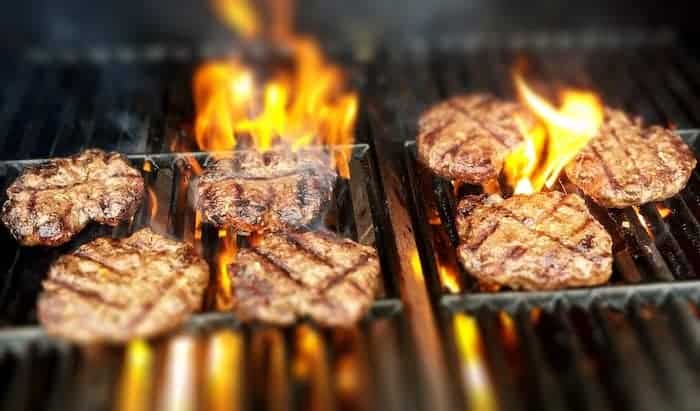
Now that we know why lava stones have since been largely phased out in the gas grill industry, it is only fair to help you understand why they were used in the first place. The following are among some of the reasons.
- Heat Distribution
Many people prefer gas grills to charcoal grills since the former requires less energy to set up and use.
However, one of the downsides of gas grills is that they tend to use heat from the gas directly, therefore leading to uneven heat distribution. This explains why you might find hot spots on your grilled steak.
Therefore, to curb this uneven heat distribution, lava rocks were introduced to aid in spreading heat evenly. This in turn led to food cooking properly without causing hot spots.
- Heat Retention
This is another major reason that necessitated the use of lava rocks. Gas grills, unlike charcoal grills, do not retain their heat. This means that the food may not end up cooking properly.
As such, to curb that, lava rocks were placed to help in retaining heat, since they tend to hold on to heat for a long time. In fact, with lava rocks, the food can continue cooking even after switching off the grill. This, therefore, helps you to save your gas.
- Smoky Flavor

Unlike charcoal grills, gas grills are not built to produce smoke when cooking. This means that the grilled sausage will lack that smoky, charred taste of grilled food. Therefore, to counteract this problem, lava rocks were used as barriers that would heat up any drippings and produce smoke to flavor food. Moreover, lava rocks burn just like charcoal, producing the same smoke used to flavor the food. However, it should be noted that charcoal produces more smoke than lava rocks.
- Reduced Cooking Time
Lava rocks increase the surface area for cooking since the entire barrier becomes hot. This means that you can cook more than you could with only the gas grill’s surface area.
Also, since lava stones help to cook food evenly, the cooking period is in turn reduced significantly.
- Reduces Flare Ups
Another benefit of using lava rocks is that they reduce flare-ups. Since lava rocks are porous, they tend to absorb the oil and fat drippings that may fall through. With the fats absorbed, the flare-ups are reduced and better controlled, meaning that the food will cook evenly. Moreover, reduced flare-ups help to reduce harmful carcinogens that may build up on the food.
That being said, it should be noted that this can only work if the lava stones are well-maintained and cleaned regularly. Failure to do this will cause the lava stones to become saturated with fats and oils and cause the flare-ups that you were originally trying to avoid.
What Replaced Lava Rocks?

While the problems of gas grills were permanent, those of lava stones could be solved. Therefore, with the evolution of technology, an advanced solution was found, and ceramic briquettes (see Amazon) were introduced to replace lava rocks.
A briquette is a block of dust from wood, charcoal, coal, or any other biomass which is combustible. Briquettes work just like lava stones in distributing heat evenly, along with a number of other benefits.
Ceramic briquettes are made of ceramic dust. These briquettes are recommended for gas grills since they do not absorb grease, therefore reducing the risk of flare-ups and hot spots.
This also explains why they are preferred as substitutes to lava stones. Other than that, ceramic briquettes last longer than other types of briquettes, and they can also be reused. As such, ceramic briquettes are more expensive than lava stones.
How to Add Ceramic Briquettes to Your Gas Grills
Step 1: Clean your gas grill and make sure to get rid of any residue and grease buildup to avoid altering the food’s taste.
Step 2: Ensure that the grill’s heat box is well ventilated with proper air supply.
Step 3: Line up the grill’s firebox with heavy aluminum foil. This helps to reflect the heat in the cooking box, therefore maintaining the high temperatures. It also helps to keep the gill firebox clean.
Step 4: Add gravel to the lining. Gravel helps in heat sinks and to provide an additional aesthetic feature.
Step 5: Fill the bottom of the grill with ceramic briquettes.
Step 6: Arrange the ceramic briquettes up to just below the grill. Make sure the briquettes are arranged evenly. I cannot emphasize enough the importance of arranging the briquettes evenly. If they are too close to the grill, the food will cook too fast, and if they are too low, the food will take longer than necessary to cook.
Step 7: Fire up the grill and heat the briquettes until they are red hot and emitting steady heat.
Step 8: You can use a thermometer to make sure the temperature is suitable for cooking.
Step 9: If the temperature is favorable, you can go ahead and grill your food.
Cleaning Ceramic Briquettes
Although ceramic briquettes are durable, they need to be cleaned for them to last longer. If your briquettes start crumbling and falling apart, it might be time to clean them. Should you not clean your ceramic briquettes, you risk them not distributing heat evenly and their functionality will be compromised.
To clean your ceramic briquettes, put them on the grill while at low heat. Place the grill cover and let it sit for about 15 minutes. Ceramic briquettes are known to be self-cleaning, and as such, doing this should ideally be enough.
In case the dirt is more stubborn, soak the briquettes in vinegar for about 20 – 30 minutes. Once you are done, scrub to get rid of the soot. Rinse and allow them to dry before placing them back on the grill.
If this still does not work, it might be time to replace your briquettes. Note that using old briquettes can give your food an odd taste, and it’s better to be safe than sorry.
The best way to maintain your ceramic briquettes is by allowing them to clean themselves after every cooking session. A clean briquette should glow red when heated up and before you start cooking.
Related Questions
Can you use lava rocks in a charcoal grill?
The best way to maintain your ceramic briquettes is by allowing them to clean themselves after every cooking session. A clean briquette should glow red when heated up and before you start cooking.
Other than that, since you cannot instantly shut down charcoal as you can with other grill types, using lava rocks in charcoal grills means that you will continuously have your rocks heated up. This could lead to the stones breaking down faster because they are not designed to maintain constant heat. That being said, note that using lava rocks on charcoal grills is not generally harmful, but it is overall unnecessary.
Related Article: How to Refurbish a Charcoal Grill?
How frequently should I replace lava rocks?
Well, if you are still looking to use lava rocks, you should replace them within 12 months of use. This will help to enhance their functionality and avoid other problems like flare-ups and food poisoning.
Can I use ceramic tiles in place of lava rocks?
Yes, ceramic tiles are another alternative to lava stones and briquettes. These tiles are designed with holes that allow heat and oil to pass through easily. These holes are big enough to produce and maintain just the right amount of heat for cooking.
As such, the intensity of heat is reduced, and the holes also help to spread heat evenly. Similarly, ceramic tiles allow oil to burn off before landing on the burners, there helping to avoid flare-ups.
Related Article:
How to Light a Gas Grill without Ignitor (5 Steps)
4 Best Gas Grill Pizza Ovens
4 Best Outdoor Electric Grill With Stand
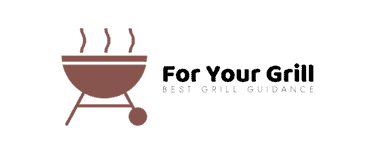
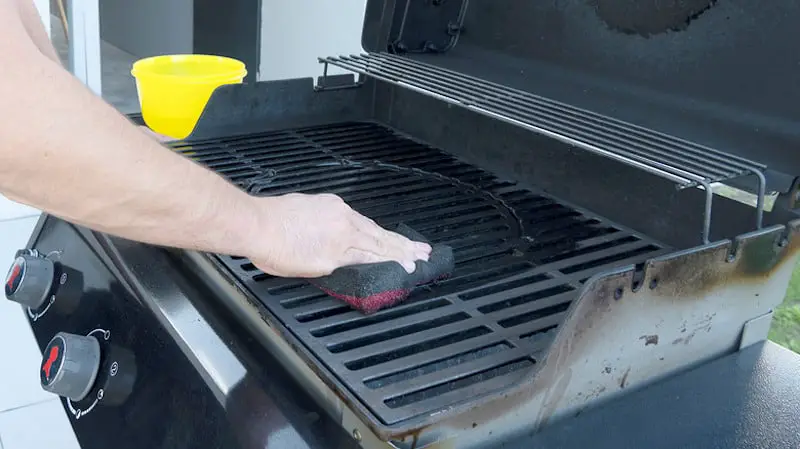
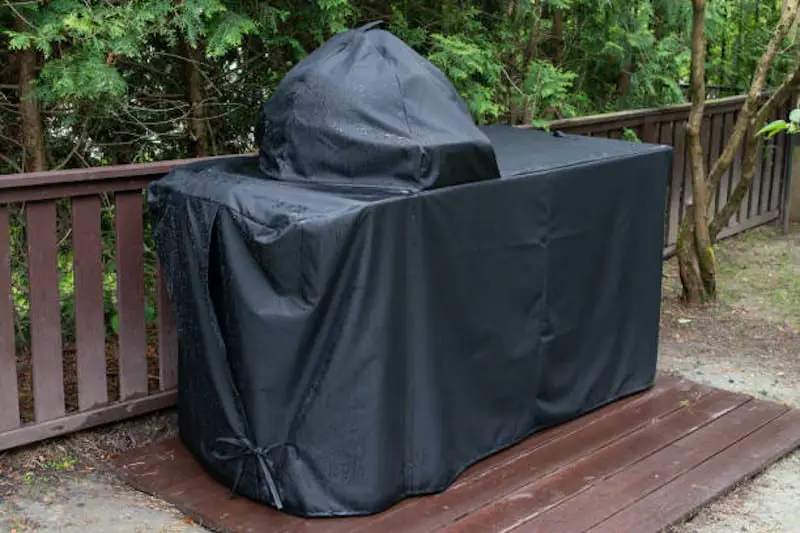
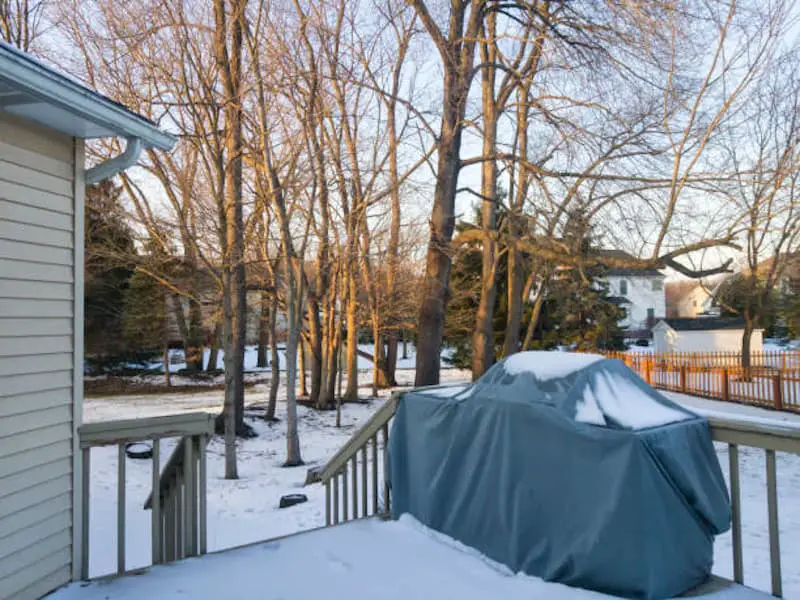
Leave a Reply